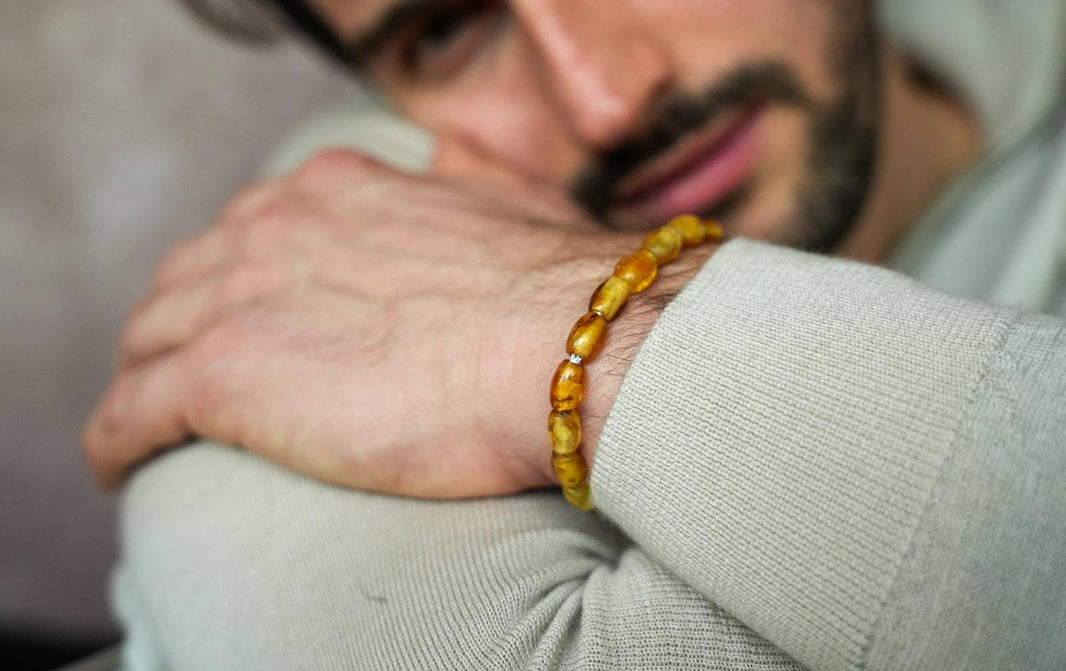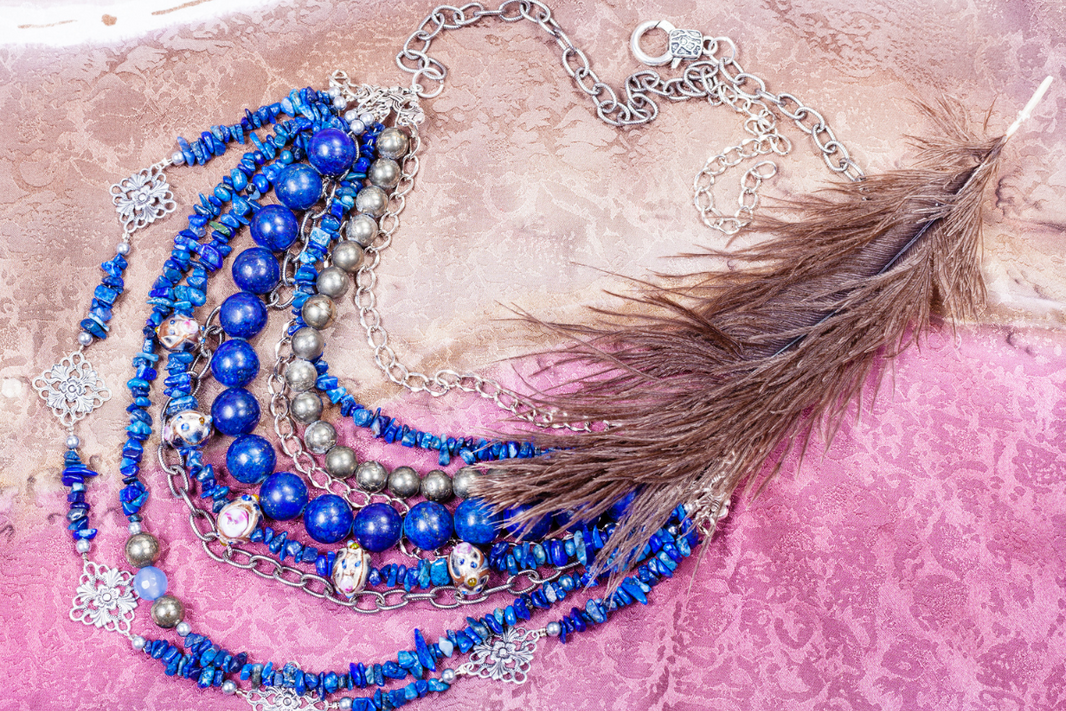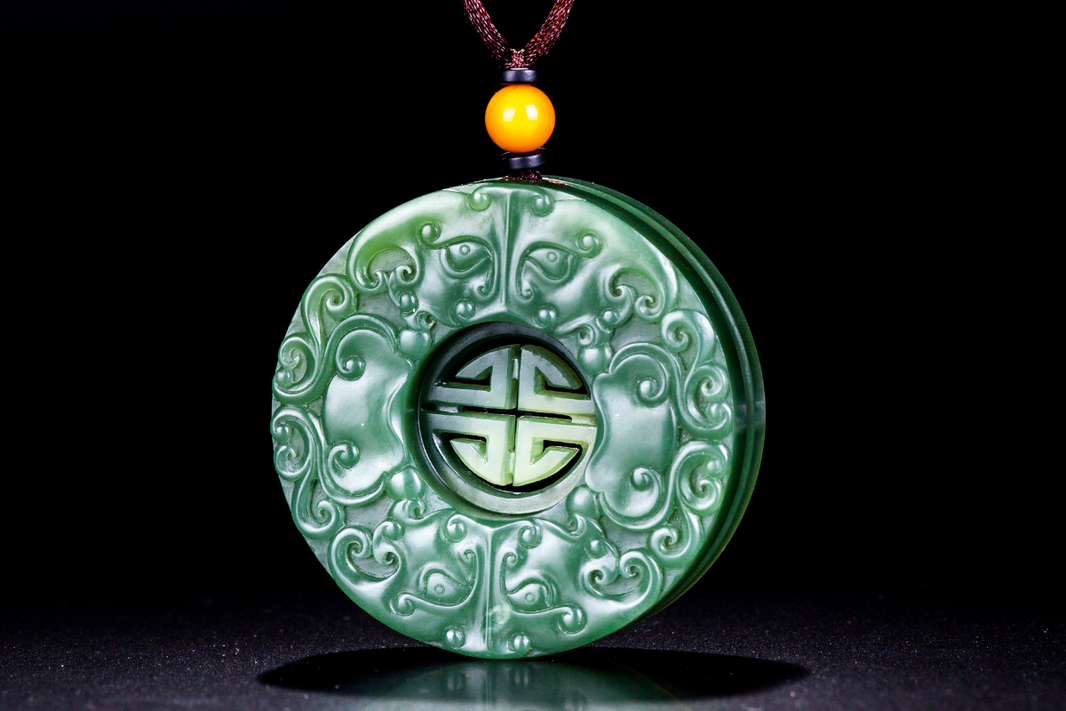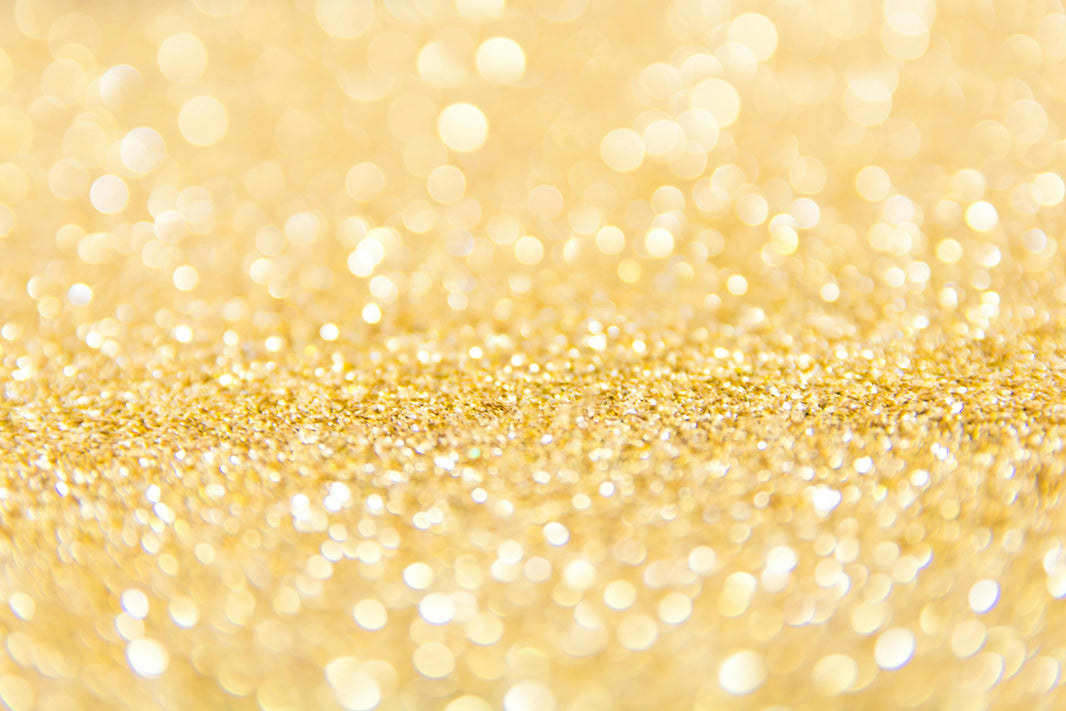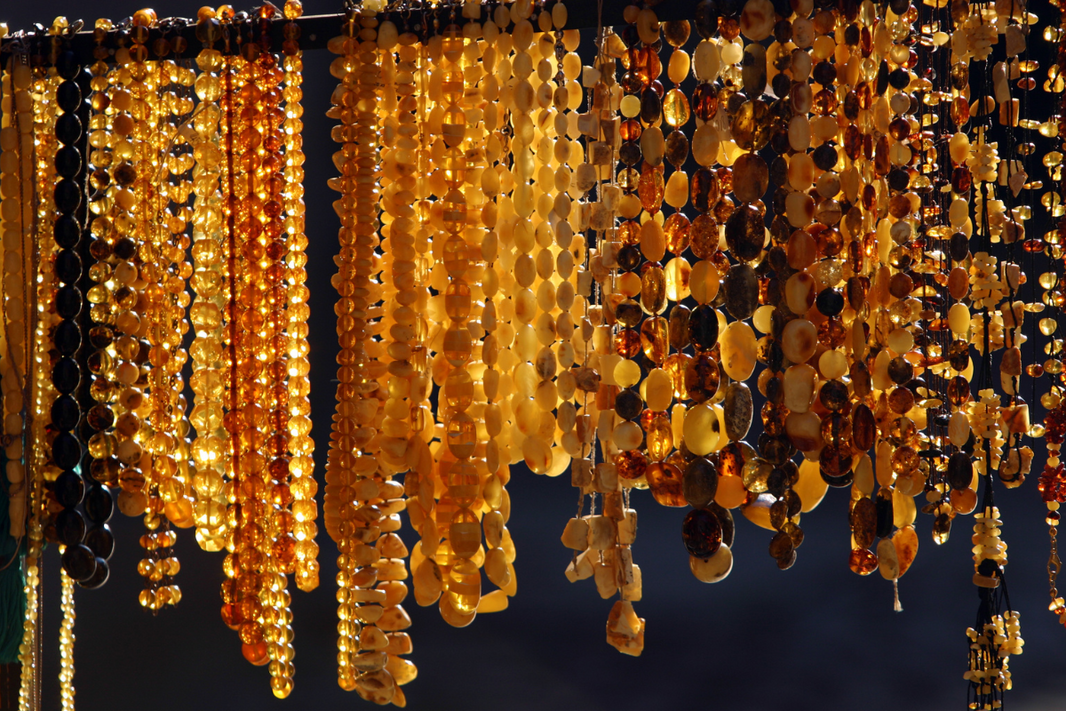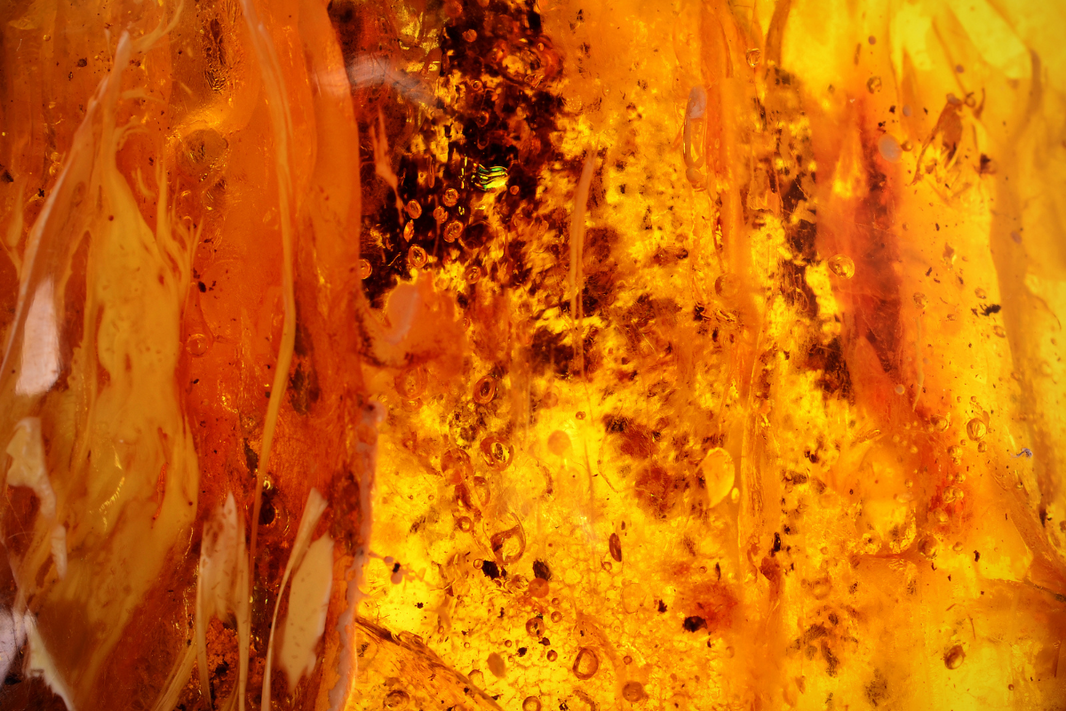Kudus are extremely populous in Africa and are one of the largest mammals in the antelope family. The African native species is comprised of two primary species - the greater kudu and the lesser kudu, each having several sub-species.
The greater kudu (Tandala Mkubwa in Swahili) is the larger of the 2 and is comprised of 3 subspecies:
-
Southern Greater Kudu
-
East African Greater Kudu
-
Western Greater Kudu
Both greater and lesser kudu look quite similar with a grey/brown shorthaired coat with 6-10 white body stripes, white cheeks and white nose markings. An adult male of the greater kudu can stand over 5ft tall with long legs and a narrow body which is ideally suited to their customary habitat of very thick bush.
Both species have long horns, which point upward and slightly back, and curl in a corkscrew shape.
The name found its way into the English language courtesy of the Afrikaans of South Africa. The Afrikaans term ‘koedoe’ is a combination of both zebra and deer.

What Is Kudu Leather?
Kudu leather is a tactile and unique waxy type of leather with dense fibres that features all the natural blemishes, marks and scratches of the wild kudu. The kudu’s light but durable hide gives it extraordinary protection against the thorns and thickets that acts as a natural barrier to predators.
Dubbed the “Grey Ghost” of Africa, the kudu is sly, elusive and have exceptional senses. They can stand motionless for a long time and their grey colour and markings make them very difficult to spot. These qualities place them in a class of their own – they can even leap over 6ft from a standing position.
A Brief History of Kudu Leather
Uncommonly tactile and durable, kudu continues to be a traditional tribal resource across Eastern and Southern Africa. African tribes have held a deep connection with the animals they are surrounded by, a connection often grounded in/borne of respect due to how they depend on them for food, clothing and even materials for ritual and artistic expression.
Customs vary from tribe to tribe, yet all maintain the idea of balance and equality between human and animal, using every part of the animal to ensure no waste and a sustainable relationship with nature.
Kudu leather has been in use in footwear in Africa for over two thousand years thanks largely to its hard-wearing nature. The kudu is so much part of local culture that its horns are featured in cultural rituals, musical instruments and sports – well a sort of sport very unique to Southern Africa.
In the sport of kudu dung-spitting, contestants spit pellets of kudu dung, with the farthest distance (including the roll) reached, being the winner. The sport is mostly popular among the Afrikaner community in South Africa, and a world championship is held each year.
It is mostly used in the West as an instrument by the Scout’s Wood Badge training program which, when blown, signals the start of a Wood Badge training course or activity.
Interestingly, it is also used by football fans, called a “kuduzela” (a combination of "kudu" and "vuvuzela”).
What Is the Symbolism Associated With Kudu?
The kudu symbolises intelligence, endurance, strength, grace, athleticism, agility and strong character. They are also known for being extremely stealthy.
The greater kudu's horns are spectacular and can grow as long as 72 inches, making 2 1/2 graceful twists. These beautifully shaped horns have long been prized in Africa for use as musical instruments, honey containers and symbolic ritual objects.
In some cultures, the horns are thought to be the dwelling places of powerful spirits, and in others, they are a symbol of male potency.
It is also known as "tholo" in the languages of Sepedi, Setswana and Venda, and is a tribal totem of the Barolong and Batlhaping people of Botswana and South Africa.
Kudu Leather’s Unique Qualities
Kudu leather is extraordinarily tactile and elegant with a subtle wildness. During life in the wild, kudu regularly graze amongst the sharp, thorny trees in the African brush, leaving their hides with natural scars and scratches that make each piece of leather completely unique.
The scars that develop are one of the most distinct characteristics of the leather as they are preserved in the hide during the tanning process. The most notable trait of kudu hides is that they are as soft as deerskin but much thicker and much more durable.
The fibres are extremely tight in kudu leather which is partly why it is so durable - even when split or cut into smaller strips it retains most of its tensile strength, as a result, making it the ideal material for tribal use – and why it has been a staple material for thousands of years.
How It Is Sourced
Greater kudus have the conservation status of Least Concern which means that the species is not in any danger. The Southern Greater kudu is located around Botswana, Angola, Namibia, Zaire, South Africa, Zambia, Malawi, and Zimbabwe.
As the kudu is not currently reared or farmed, all hides come from hunted wild kudu. In South Africa, the culling and hunting of kudu is the result of a strict mandate issued by the South African government to control the overpopulation of the greater kudu.
As well as their hides, the meat and horns of the kudu are sold at local markets, which benefits indigenous communities and reduces waste making kudu leather a sustainable animal by-product which has little impact on the environment or indeed the conservation of the species and benefits the local community by increasing income and access to resources.
We buy our hides from a small family business in the UK that purchases the hides from local tanners and tribal villages as a by-product of subsistence hunting in Namibia where the sale of the hides provide additional income to local villages.
How Do You Care for Kudu Leather?
One of the beauties of tribal leathers such as kudu is that it has a historical provenance of utility and durability dating back millennia. You can wear it all the time – in fact, the more you wear it the more it absorbs oils from your touch and skin.
The really great thing is that its natural waxiness makes it highly water-resistant and it will get clean when you take a shower. Just let it dry and apply a little wax oil if it stiffens or looks slightly dry. The more you use it like a second skin the more durable it becomes – but make sure to give it a little TLC now and again.
If it happens to become hard or very dry you can also soak it in warm water for 20 minutes, this will re-invigorate the fibres. You should then let it dry and apply a thick coat of wax oil and it will be right back on form.
How Does Kudu Leather Age?
Kudu leather is immensely strong and ages gracefully thanks to its malleable composition, natural waxiness and density of its fibres. It will compress and stiffen slightly but will still retain its dense but soft feel (as long as you don’t let it dry out for extended periods).
With enough wear, kudu leather develops a rich, rugged patina as it goes through the rigours of life with you. Unlike other leathers, you can also get additional texture on the topside of the hide – a bit of added character with age.
As it ages - and depending on how often you use it - it can dry out a little, and true to its nickname, the grey ghost, it can turn a little grey-ish as it dries out which is a sign to give it a little TLC.
How Do You Clean Kudu Leather?
As with any leather, it is always best to first remove dirt from the leather with a dry or slightly damp cloth. Let it dry fully for an hour or so and then apply a very small amount of wax oil, rubbing it into the leather to warm it up and allow it to absorb. It then takes around another hour or so to fully dry.
The great thing about using kudu leather in jewellery is that it will simply get cleaned every time you get clean (shower, washing hands, etc). Although, it is important to ensure you are using a natural body wash and shampoo with no chemicals as, with any organic substance, this can damage the fibres.
What Is Kudu Suede?
The reverse of the kudu hide can also be used to make a buttery suede which, in contrast to exterior leather or topside of the hide, is smooth, even, and blemish-free. The great thing about kudu is that both sides are equally water-resistant and durable.
Kudu Leather and Jewellery
Kudu leather is traditionally used for footwear and garments due to its hard wearing and durable surface. Most leathers with these properties tend to be firm and dense while kudu is uniquely soft with a natural elasticity. This property makes the kudu very comfortable for clothing, giving products a natural worn-in feel despite being new.
At Atlas, we love using it for jewellery because its inherent waxy quality and tight fibres make it naturally water-resistant. Its tactile and flexible nature also allows it to mould to your wrist perfectly.
We make each kudu piece to nearly the exact measurement of your wrist for this reason. At first, you’ll feel like you almost cannot get it on, and will typically need someone to help you. However, within 30 minutes it will begin to relax and conform to your shape and size, as it is naturally form-fitting and elastic.
Like all of our materials, kudu leather is chosen for its historical provenance of sustainability, utility and durability. We’ve heard time and time again that it must be felt to be understood.
The luxurious feel of kudu pairs perfectly with the soft and graceful feel of solid gold, as well as baltic amber, jade, lapis lazuli and mountain crystal. Check out these wildly luxurious pairings here.


